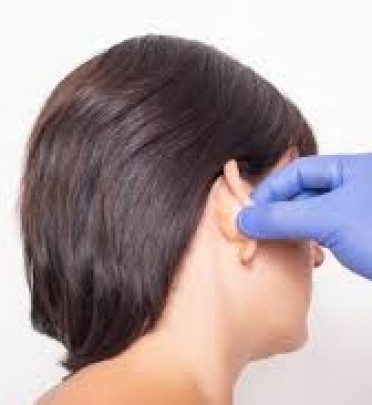Procedures
Body

Indications
Some children are born with ears which are protruding or disfigured. If your ears bother you or your child, you may consider plastic surgery to correct them. Ear surgery – also known as otoplasty – can improve the shape, projection or proportion of the ear.
Ear reconstruction on the other hand, (also called as auricular reconstruction) can correct a defect in the ear structure that is present at birth ( called as “microtia) as well as misshapen ears caused by injury. Ear reconstruction is done by plastic surgeons who are trained in this particular field. Recreation of missing shape of the ear may require additional cartilage to be used from the chest.
Who are good candidates for ear surgery:
- Healthy individuals who do not have a life-threatening illness or untreated chronic ear infections.
- Children 9 years old or older who have ear cartilage that is stable enough for correction in those requiring total ear reconstruction.
- Those patients who are co-operative and follow instructions well.
- Non-smokers
- Individuals with a positive outlook and specific goals for ear surgery

What does the procedure achieve?
The procedure aims to improve the shape, projection and proportion of the ear.
CONTRAINDICATIONS
Any patient above 9 years of age who is physically and mentally healthy and wants to improve the shape and appearance of their ear/s, is an eligible candidate.

CONSULTATION
Patients and the parents of young children should get their doubts explained during the face to face consultation with their plastic surgeon. They can ask about alternative treatments and possible risks or side-effects of the planned procedure.Usually your plastic surgeon will show you pictures of similar cases that he/she has performed and the outcome.Patients should disclose any history of previous surgeries to the doctor.
Your plastic surgeon will then
- Evaluate your general health status and any pre-existing health conditions or risk factors
- Take photographs
- Discuss your ear surgery options and recommend a course of treatment
- Discuss likely outcomes of your ear surgery and any risks or potential complications
Anaesthesia
The procedure can be performed under local anaesthesia, local anaesthesia with intravenous sedation or general anaesthesia. Please discuss about your anaesthesia options with your surgeon.
TIME FOR PROCEDURE
The procedure takes approximately 2 to 3 hours depending on the extent of deformity.Complications
The risks include:
Anesthesia risks
Bleeding
Infection
Poor wound healing
Change in skin sensation
Asymmetry
Persistent pain
Unfavorable scarring
Possibility of revisional surgery
Allergies to tape, suture materials, topical preparations or injected agents






